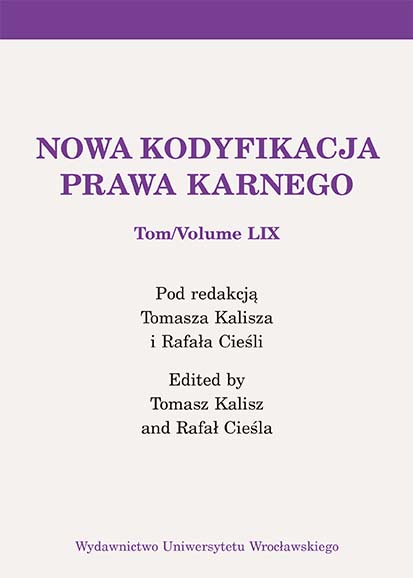

Articles

Sometimes, a writer may try to disguise their normal handwriting to hide their identity. One of the most effective and less frequent modes of disguise is to write with the un-accustomed hand. In this type of disguise, due to a sudden loss of pen control, pictorial appearance of handwriting changes to such an extent that the writer assumes success and gets convinced that the disguised handwriting they have produced cannot be attributed to them by comparison with their normal writing style. In the present study, handwriting samples of several persons, both with the normal hand and the unaccustomed hand, were obtained and an attempt has been made to find out and identify those features that survive the hazards of disguise and could be helpful to accurately determine the authorship of such disguised handwriting in comparison with one’s normal handwriting samples. A detailed study of letter-forms, the connecting strokes between letters, and t-crossing written by several persons has been carried out. It has been found that, despite pictorial dissimilarities, there are certain unconscious features that are rarely disguised which could either form the basis for their association with a particular writer or indicate its probability for further investigation. The analysis, comparison, and evaluation of features unconsciously left by the writer, including the parameters selected for the present study, can be carried out by a trained forensic document examiner; and they can give whatever opinion is possible and justifiable in facts and circumstances of a case.